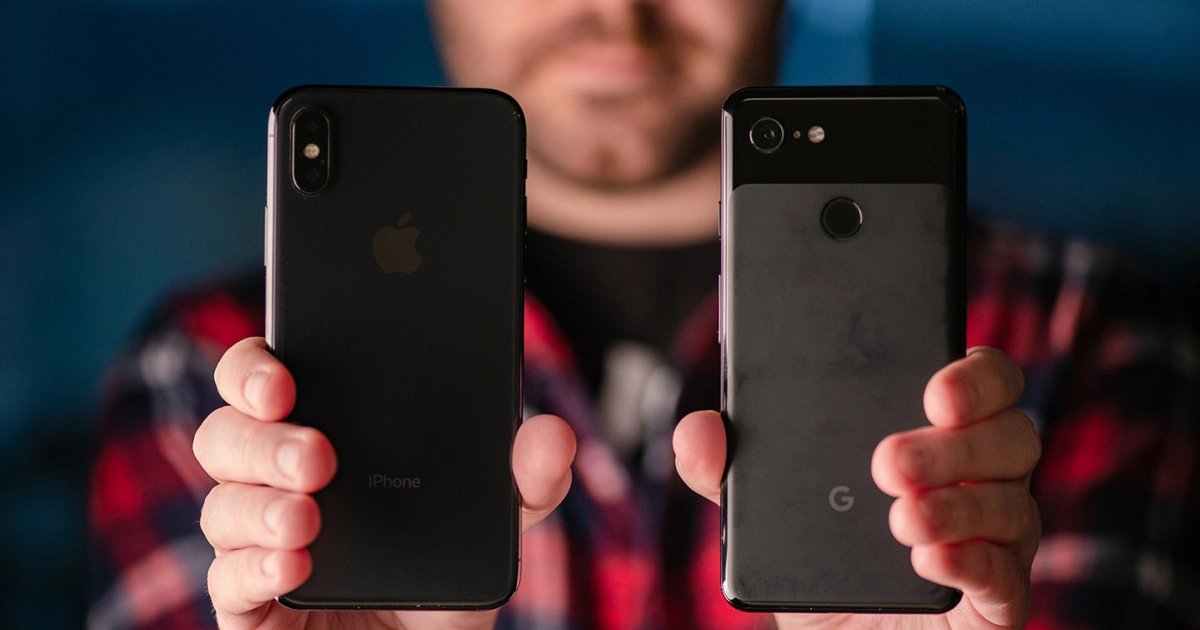
Both Android and iOS are popular mobile operating systems, yet they differ in many ways. It’s essential to be aware of these distinctions before selecting either OS for your smartphone or tablet.
One key distinction is that Android offers more customization options than iPhones when it comes to home screen layout and widgets. This makes it ideal for those who enjoy fiddling with their phones and customizing them according to their tastes.
Basic Functions
The core functions of any operating system, regardless of version, include support for standard hardware components, the capability to communicate with other software, and a means to display information on the device screen. The iPhone’s operating system was designed with ease in mind while Android is optimized for touch-enabled devices.
The operating system also includes features that are essential, such as memory management, process control and network stacks. Furthermore, the OS can save battery life by suspending inactive applications to conserve battery when not in use.
The operating system (OS) boasts a number of features designed to provide an engaging user experience. These include a view system, text display and widgets – just to name a few. But perhaps most noteworthy is the Android runtime environment which contains core libraries and the Dalvik virtual machine which make coding Android applications much simpler than before.
User Interface
The user interface of an operating system is the means by which your device interacts with its software. There are various types of user interface available, such as graphical user interfaces and touch user interfaces.
Graphical user interfaces (GUI) enable users to interact with information through graphics and icons. They’re ideal for non-technical individuals and provide immediate visual feedback when objects alter in size or visibility.
Android offers more menus and home screens than iOS, providing for greater customization options.
Additionally, Android provides a more consistent user experience and requires fewer setup requirements than iOS does. Furthermore, its app store is larger than that of iOS as well.
Android boasts several unique features, such as sharing Wi-Fi passwords and a phone-side split screen. Furthermore, it supports multiple users and guest accounts so it’s easier to share your device with family or friends. Furthermore, iMessage integrates SMS and Apple supported messaging functions into one app for seamless sending across platforms.
Security
Security-wise, both operating systems offer formidable protections against hackers; however, their methods of attack differ.
iOS takes a more secure approach to security than Android does, protecting its source code tightly to make it harder for hackers to identify flaws.
Furthermore, it provides enhanced privacy controls with limits on the amount of data apps can collect about you and your location.
Additionally, iOS devices remain up-to-date with the newest software features for two to three years.
Android phones, however, tend to be more vulnerable to malware attacks due to their open-source nature and lack of regular software updates. They may also be more prone to clicking on suspicious links or installing third-party applications without authorization.
Customization
When selecting a smartphone operating system, there are two major players to consider: Android and iOS. Each has its advantages and drawbacks, so it’s essential that you consider your personal preferences before settling on which one works best for your device.
Apple’s iPhone operating system is often the go-to for many users due to its user-friendly interface and extensive selection of high-quality apps. However, Android devices can also be a worthwhile investment for those who value customization and variety in device options.
Android offers an impressive array of customization features, such as the ability to customize the main screen with widgets. You can resize it according to your preference and change app icons with ease. For even greater home screen impact, Android even lets you create custom wallpapers – with an animated tutorial showing how!









